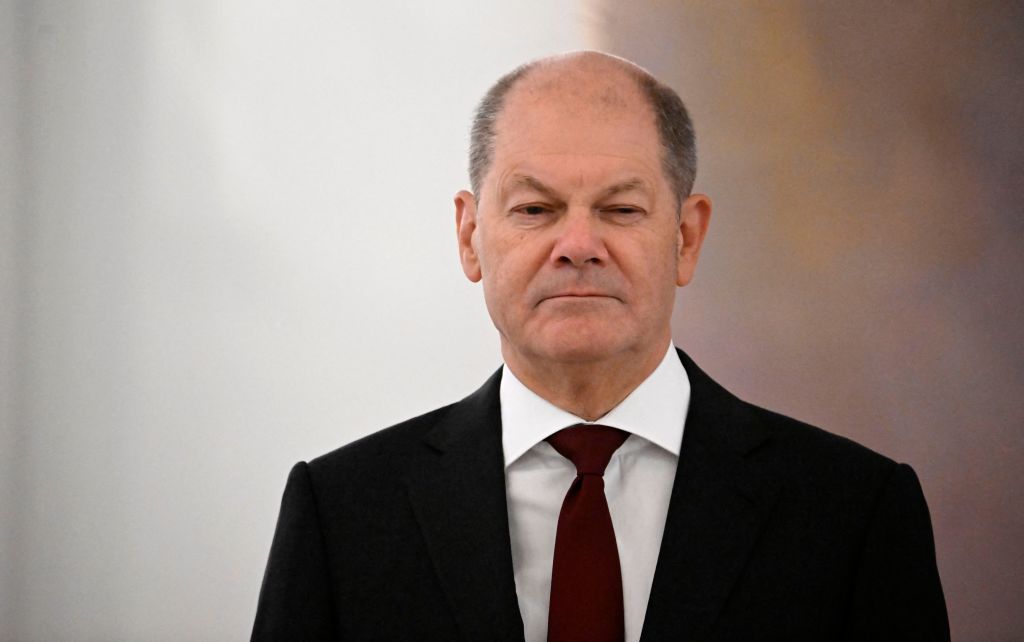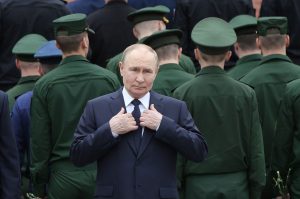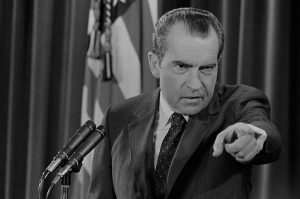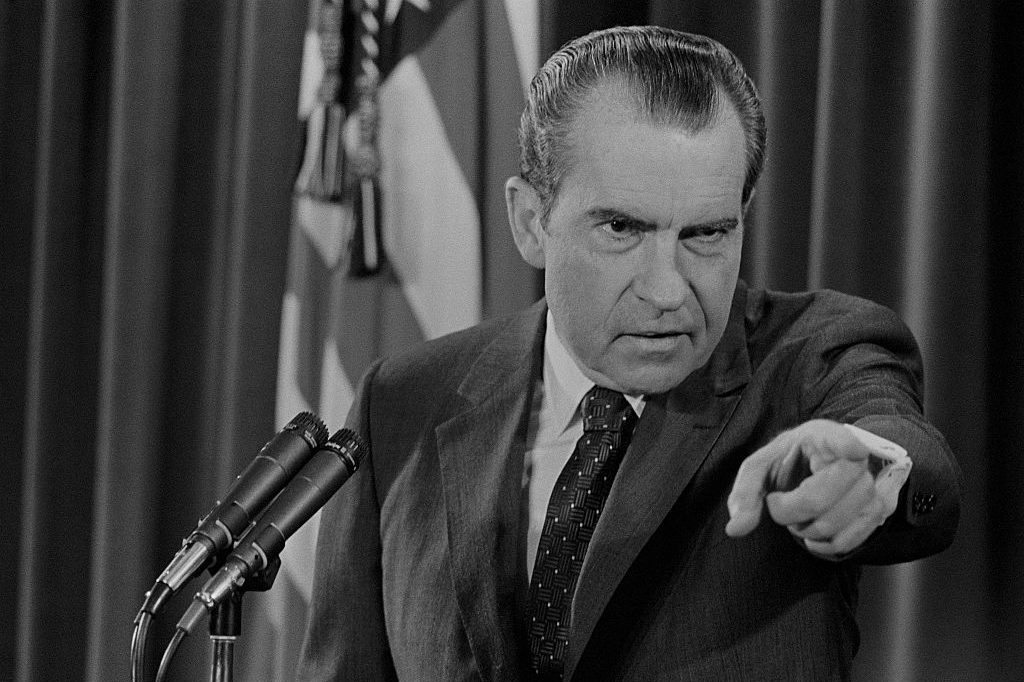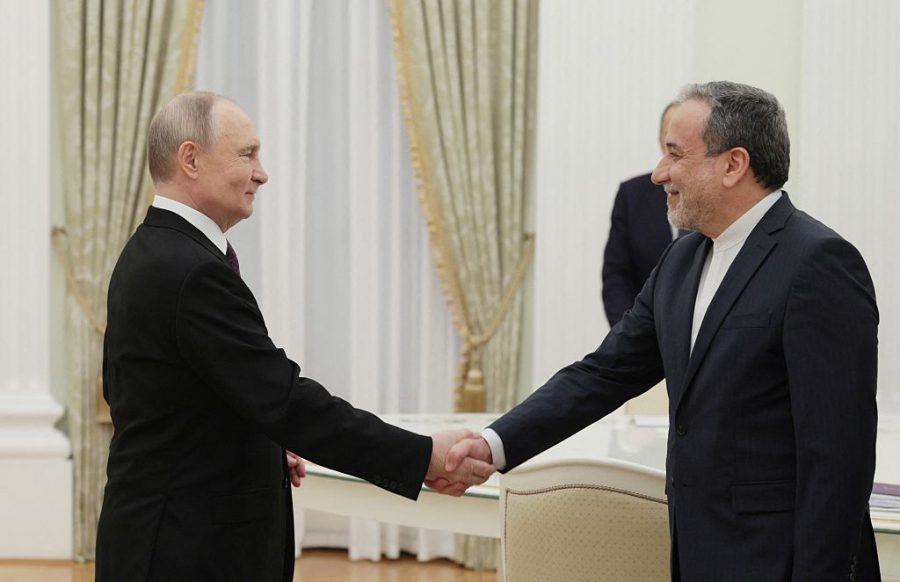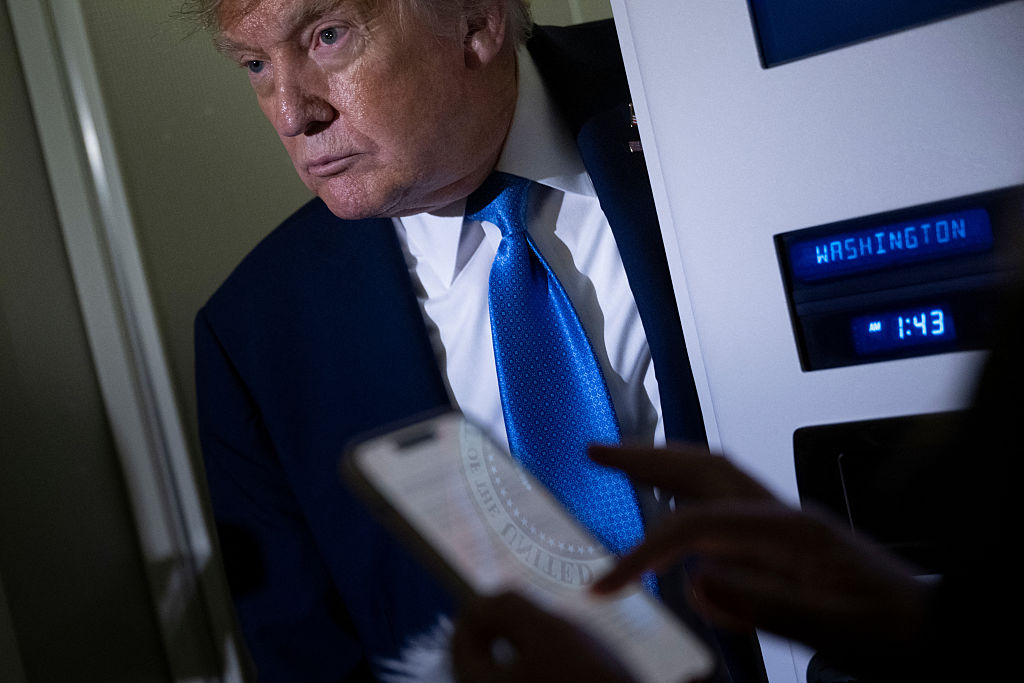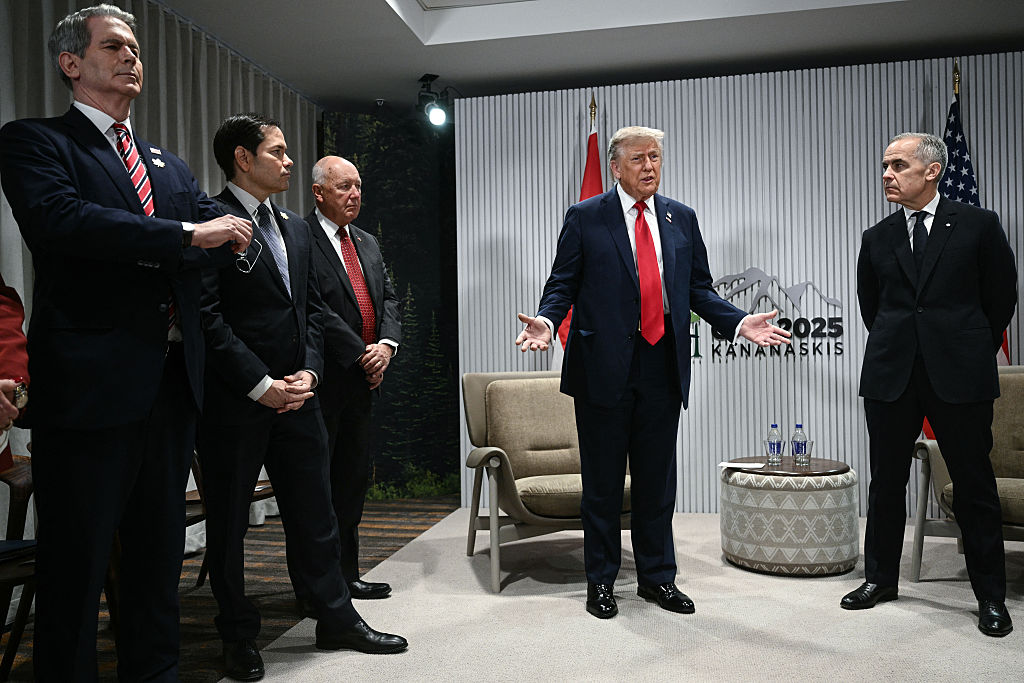Once again, German Chancellor Olaf Scholz has crushed the hopes of NATO allies and, most of all, the millions of Ukrainians suffering under Russia’s assault. Originally, he refused to send tanks to Ukraine for fear that Russia would escalate the war. More recently, Scholz has said he’d only consider sending tanks if it was part of a coalition, not just Germany acting alone.
Last week, the United Kingdom announced it would be sending Challenger 2 main battle tanks (MBT) to Ukraine, making it the first nation to supply modern, Western MBTs to Kyiv. Poland, Finland, and Denmark have also indicated that they would be willing to send their own Leopard 2 tanks. Those are German-origin weapons, so they first require a nod of approval from Berlin in order to export.
Scholz has his coalition — yet on Wednesday he once again moved the goalposts. Now, he wants the United States to send tanks before Germany will do the same or grant approval to others. The two other parties that make up the German government, the Free Democratic Party and the Greens, have said Germany should either send tanks or, at the very least, allow its partners to. In blocking the transfer, Scholz stands alone.
The intransigence of the German leader calls into question his commitment to the zeitenwende (turning point), the effort to rebuild his military, that Berlin supposedly embarked upon back in February. Germany has provided a large amount of support to Ukraine, but as a percentage of gross domestic product, it is still well behind countries from Britain to Poland to Estonia. Berlin’s support has also been last-minute and very hesitant, coming only after pressure from allies and events on the ground in Ukraine.
Unfortunately for Ukraine, there is not much that it or its European partners can do (though Poland has suggested it may send tanks without Germany consent). The United States, however, can do something. Berlin is clearly a follower rather than a leader, and Scholz sees the US as the leader. His recent announcement that Germany would send 40 Marder infantry fighting vehicles (IFVs) was a big (if long overdue) step, as he had hitherto refused to send that level of armor. He only did so, however, in coordination with America’s decision to send Bradley Fighting Vehicles.
Now is another moment for America to realize it must lead. It is time to send the M1 Abrams MBT to Ukraine. There are many reasons as to why the Abrams would not be ideal for Ukraine, first among them that it uses a finicky gas turbine engine that guzzles fuel. The Leopard 2, which uses a diesel engine like most of Ukraine’s MBTs, would be the preferable option.
But if Germany is going to play hardball, then Washington will need to play along. Even sending just a company of M1s — 14 tanks — would, if Berlin is being truthful, be all that is necessary to get Scholz to budge. The Abrams tanks may turn out to be less than ideal, though the Ukrainians have proven themselves remarkably adaptable, and would likely make good use of them. And either way, the Leopards would make it to the battlefield.
There is no understating how important heavy armor will be in the coming months for Ukraine. Even with a renewed Russian offensive, it is unlikely that Moscow will be able to regain the initiative in any substantial way this spring, but it will be able to continually increase its force size through mobilization. This means that unless the Ukrainians achieve a breakthrough this year, the war could well drag on much longer and breakthroughs become much harder. Even worse, Western support will degrade over the long term.
A rapid supply of Western MBTs and IFVs for a spring and summer offensive will be key to Ukrainian success. The Russians made the mistake early on of sending in armor and infantry separately, leaving both vulnerable to attack and contributing to the failure of Moscow’s initial offensive. To smash through Russian lines, Ukraine will need to have MBTs for firepower and the IFVs to safely carry its troops alongside while holding their own. Once the tanks blast through Moscow’s positions, the IFVs can immediately unload troops behind the lines, leaving those positions untenable. Having tanks without IFVs or vice versa is a recipe for failure.
For Ukraine to win this war, its Western backers need to be proactive and bold, and the US can ensure they are. The winter offers time to reequip Kyiv before the spring campaigns, but that time is ticking away. The Ukrainians have proven they can win, and they deserve to be given what they need to do so.



